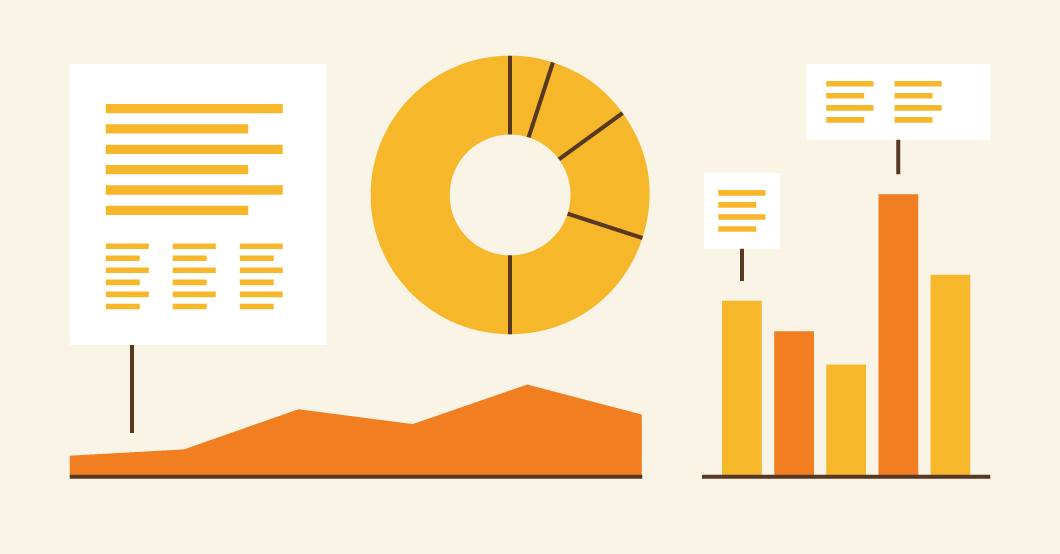FERC accepts rules allowing storage to aid transmission

The Federal Energy Regulatory Commission (FERC) recently accepted a proposal from ISO New England that will enable energy storage technology to play an important role in ensuring a reliable transmission system.
Storage as transmission-only assets (SATOAs) could include a variety of storage resources, including battery technology and pumped hydro. Because they would be built only to serve a transmission reliability purpose, SATOAs will not compete in the electricity markets and will have minimal effect on wholesale prices.
SATOA rules would not apply to or restrict the numerous other energy storage resources that already compete in the markets, including almost 2,000 megawatts (MW) of pumped storage and more than 600 MW of new and existing battery storage resources that secured obligations in a Forward Capacity Auction for the upcoming 2024–2025 commitment period. Nor would the rules apply to or restrict the roughly 18,000 MW of battery resources proposed in the ISO’s Interconnection Request Queue, or future projects looking to participate in the markets.
While SATOAs would be owned and maintained by transmission companies, ISO New England system operators would control their use. SATOAs would be used under specific system conditions to prevent localized overloading after at least two unplanned equipment outages on the transmission system.
To illustrate when a SATOA would be used, imagine a town served by three transmission lines. The town uses 100 MW of electricity and each transmission line is designed to supply up to 75 MW. If one transmission line were to be knocked out by a storm, the other two lines would continue to supply all the electricity the town needs with no problem. If the storm took down two lines, the remaining third line would be overloaded and a power outage would be imminent. But if there were a SATOA in the area, ISO New England system operators could activate it to provide power and relieve the strain on the transmission line.
SATOAs also could be deployed as a last resort to help prevent or mitigate controlled outages in the unlikely event that demand for electricity were to exceed the regionally available supply, or to assist with system recovery after an outage.
Construction of SATOAs by transmission companies would depend upon selection in the open regional system planning process administered by ISO New England, similar to the way reliability-based system upgrades are handled today.
- Categories
- Industry News & Developments
- Tags
- energy storage, FERC, transmission planning



